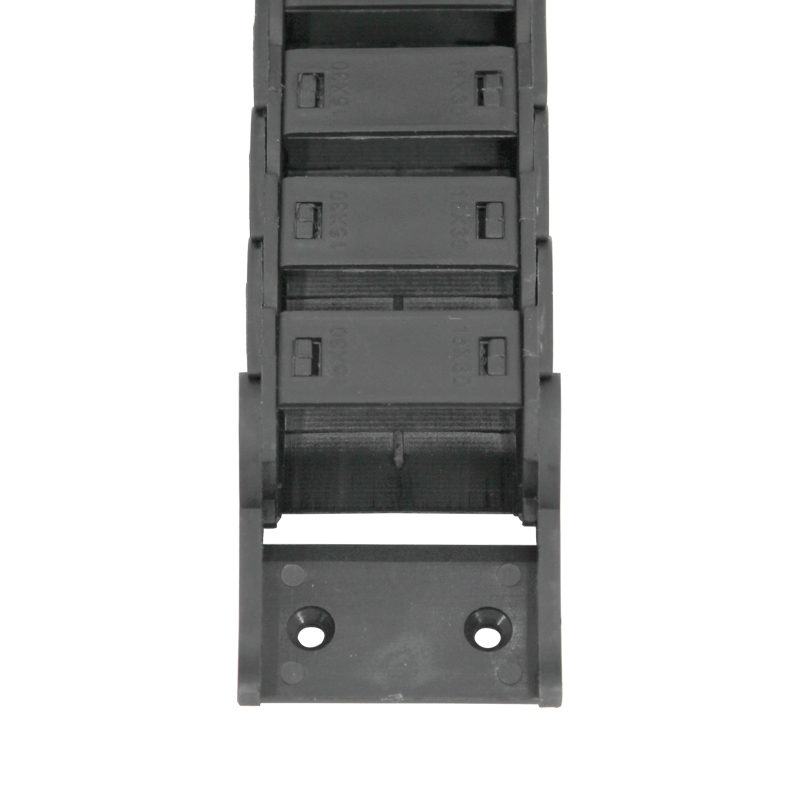Understanding the Function and Benefits of Chip Conveyors in Industrial Applications
Understanding Chip Conveyors Their Role in Modern Manufacturing
In the realm of modern manufacturing, efficiency and productivity are paramount. One of the unsung heroes in achieving these goals is the chip conveyor. This specialized type of conveyor system is designed to transport metal chips and other waste generated during machining processes. As industries seek to streamline operations, chip conveyors have become essential components in machining centers, assembly lines, and other manufacturing environments.
What is a Chip Conveyor?
A chip conveyor is a mechanical device used to remove metal chips, shavings, and other by-products created during machining operations. During processes such as milling, turning, or drilling, metal waste accumulates and can hinder production efficiency. Chip conveyors are engineered to handle this waste effectively, ensuring that machines operate smoothly without interruption.
These conveyors come in various designs, including belt conveyors, scraper conveyors, magnetic grid conveyors, and more. The choice of type depends on several factors, including the type of material being processed, the volume of waste produced, and the specific layout of the manufacturing facility.
Types of Chip Conveyors
1. Belt Conveyors The most common type of chip conveyor, belt conveyors use a flexible belt to transport material. They are versatile and can handle a variety of chip types, from small shavings to larger pieces.
2. Scraper Conveyors These conveyors utilize a series of metal blades to scrape material along the floor of the machine into a collection bin. They are particularly effective with clumped or high-density chips.
3. Magnetic Conveyors Ideal for ferrous materials, magnetic conveyors use magnets to pull metal chips along a surface, reducing waste and saving space. This type is especially useful in environments dealing with very fine particulates or tiny chips.
what is a chip conveyor

4. Auger Conveyors These are screw-type conveyors that move material along a screw blade. They are handy for dense chips and can be used for transporting chips vertically or horizontally.
Advantages of Chip Conveyors
Using chip conveyors provides numerous benefits to manufacturing operations
- Increased Efficiency By automating the removal of metal chips, chip conveyors minimize downtime associated with manual cleaning, allowing for continuous production.
- Improved Workplace Safety Removing chips and shavings promptly reduces the risks of slips and falls, making the workplace safer for employees.
- Cost-Effective By efficiently managing waste, chip conveyors contribute to lower operational costs. They help in the recycling of metal waste, allowing manufacturers to reclaim valuable resources.
- Enhanced Machine Longevity Regular removal of chips can prevent excessive wear and tear on machinery, thereby extending their lifespan and reducing maintenance costs.
Conclusion
In summary, chip conveyors play a vital role in the efficiency and safety of modern manufacturing processes. Their ability to handle metal chips and shavings effectively not only keeps production lines running smoothly but also ensures a safer working environment for operators. As technology continues to advance, the design and functionality of chip conveyors are also evolving, integrating smarter solutions for real-time monitoring and automated control. This evolution highlights the importance of chip conveyors in supporting sustainable manufacturing practices and enhancing overall productivity in different industrial sectors. As manufacturers increasingly recognize the importance of waste management and operational efficiency, chip conveyors will continue to be indispensable tools in the manufacturing toolkit.








